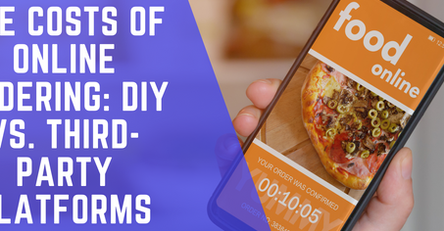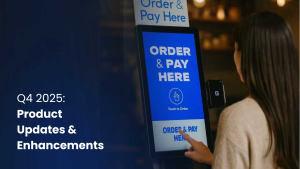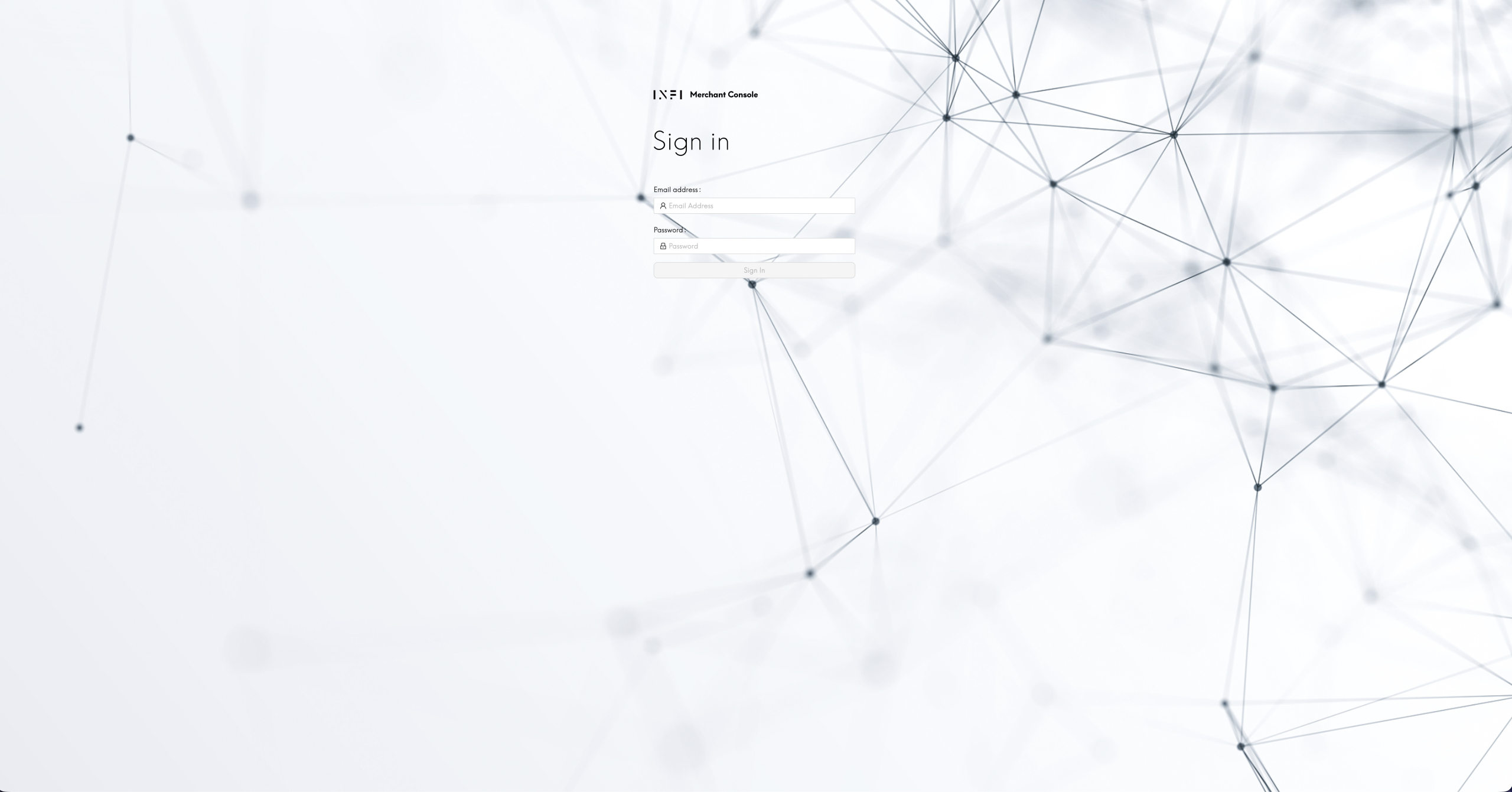How Much Do Restaurant POS Systems Cost? (+ Tips for Generating ROI on Your POS Purchase)
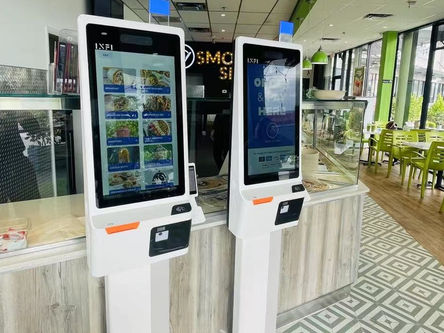
A POS ordering system is vital to the success of the modern business, but these systems can have significant variances in price. As you shop among the various vendors that offer POS systems, you may find yourself confused by how much the prices vary.
Understanding how the pricing works on these systems will help you choose one that fits your budget and meets your employees’ and customers’ needs, all while helping your business achieve a greater level of profitability. Below, we’ll take a closer look at what today’s restaurant POS systems offer, how much they might cost, and how you can use one to make your business more profitable.
Restaurant POS Systems Are No Longer Just for Taking Customer Orders
As you think about the cost of a POS system, you need to remember that today’s POS systems are more than just payment processors, cash registers, and order-taking programs. They are complex, streamlined systems that connect your front end to your back end and make the ordering, payment, and delivery system as simple as possible.
Over the years, POS systems have gained many integrations that allow them to do much more, including:
- Track customer purchase behavior
- Customize ordering experience
- Analytics and reporting
- Customer loyalty program management
- Online ordering, delivery, and other self-ordering options
- Offline function
- Menu management
- Customer relationship management (CRM)
- Inventory tracking
- Labor and employee management
- Table management
- Tableside ordering options
- Gift card and credit card readers, and other payment processing
With so many features possible, pricing for POS systems can be complicated. Understanding how they are priced is critical as you shop for a system.
Restaurant POS System Pricing
POS system pricing is based on a number of factors. For example, if all you need is a tableside service to take orders and collect payments, you may not need as complex of a system as you would if you need an entire system to manage employees, orders, and more.
Additionally, the companies that offer these systems may choose to bundle their systems into one upfront price, or they may charge for each individual component. Even with bundles, you may have to pay for the additional features and services that your restaurant needs that are unique to your business. Finally, there are processing fees attached to your merchant account when you take credit card payments — all of this adds to the overall cost of your POS system.
Some of the factors that impact the price of a POS system include:
- Hardware: Hardware is the physical objects that are necessary to run your system. These include routers, terminals, kiosks, handheld devices, card readers, kitchen display systems, printers, and guest-facing displays.
- Software: This is the technology that makes the hardware work. It may include software for placing and taking orders, payment processing, analytics, CRM, and reporting.
- Additional Features: Software integrations, inventory management programs, online ordering and delivery, payroll and team management, loyalty and rewards program management, gift card programs, and similar additional features will add to the overall cost of your system.
Typically, you will pay an upfront cost for your restaurant POS system followed by a monthly cost for the software. On average, you can expect to pay around $1,250 to $2,000 for the system itself and around $1,000 a year for the service, but this can be much lower or higher depending on what components you add to the system. The more terminals you need, the more the system will cost upfront. A complex system can cost over $6,000 at startup. Because this cost can vary significantly, it’s better to look at the cost of a system’s different components to get an idea of what the system will cost.
Some costs are fixed costs. These include the cost to buy the hardware and the initial cost for the software. Other costs are monthly, like transaction fees. The POS service provider will also charge a monthly cost to keep your point of sale system software updated and provide the overall support you need for the service.
Breaking Down the Cost of Restaurant POS Systems
To better understand how pricing these systems work, you need to understand the different components and how they are priced. Let’s break down the components of a restaurant POS system and how they impact the overall cost.
Restaurant POS Hardware
POS hardware for your restaurant comes in one of two main types of systems. These are:
- Cloud-based POS systems: These systems have many names, including Software-as-a-Service (SaaS) or web-based systems. They use remote services to store data and retrieve it when needed. This setup means restaurant owners and managers can access data wherever they have an Internet connection.
- Legacy systems: Legacy systems are traditional POS systems that use a local server located in the restaurant to store data. They can’t be accessed remotely. Typically, legacy systems cost more than cloud-based systems because they cannot share components or servers with other restaurants.
Regardless of the system you choose, you will have a number of components. These include front-of-house systems that you use when working directly with customers. These are:
- Terminals
- Stands
- Credit card readers
- Cash drawers
- Receipt printers
- Guest-facing displays
You will also have back-of-house items, including:
- Ticket printers
- Routers for cloud-based operations
- Servers for legacy system
- Cables
If you have a newer, more innovative system, you will also have:
- KDS system
- Kiosks
- Handheld POS system
As you evaluate the cost of the system, look at each individual component. Determine if it’s something you need for your restaurant, and if it’s beneficial to your customers — and the way you serve them. Consider whether each item comes with a separate fee, or part if it’s included in the overall bundle you purchase.
Average Hardware Cost
Here is how about much you can expect to pay for your system’s hardware:
- $800 for the terminal and credit card reader combination
- $1,400 for a combination that includes the terminal and credit card reader, but also adds receipt printer, cabling, and cash drawer
- An additional $400 for each receipt or kitchen printer you add
- $400 for a router
- $600 for the handheld POS system
- $1,000 to $1,500 to add a KDS system to your POS
Restaurant POS Software
The software with your POS system can make or break its success. You need reliable and updated software to ensure your POS runs well, and you need that software to be fully compatible with the Android or iOS hardware you have.
As far as pricing, you will pay a monthly or yearly fee for your software. Today’s systems use SaaS subscription models, which makes it easier to stay on top of ever-changing updates, and this has removed the upfront cost common with legacy systems. However, it also means the cost for software varies significantly depending on which vendor you choose. Also, it can add to the upfront cost you see advertised by a vendor.
As you shop for software, make sure that the software pricing includes support via phone and email, and regular updates. If you opt to go for a legacy system, keep in mind that you will not get these regular updates and ongoing support.
Average software costs for a POS system are around $60 to $75 a month per device for a simple system, but for large and complex systems, this monthly fee can be much higher, as high as $400 a month for software licensing. Keep in mind that the more systems you have, the more you will pay. Also, expect to pay credit card processing fees, which are around 2.2% to 4.5% transaction fee per sale.
POS Add-ons and Additional Features
Today’s POS systems are highly scalable, which makes them ideal for restaurants — as their needs vary greatly from one brand to the next. However, many of the add-ons you might want to add to your POS system will increase its cost.
Some of the things you might need to make your restaurant run more smoothly include:
- Online ordering options
- Offline mode for power outages or internet outages
- Gift card program hosting
- Loyalty program or rewards program hosting
- Credit card pre-authorization
- Inventory tracking and management
- CRM solutions
- Integrations that connect with other software vendors, such as your restaurant’s app or a delivery service
What will these additional features cost? The answer depends on the program you choose, but you can expect these averages:
- $25 a month for loyalty or rewards program hosting
- $25 a month for software integrations
- $50 a month for online ordering, inventory tracking, and gift card management
Are you unsure what add-ons you might need? Check out our convenient checklist to see your options.
POS Service and Support Costs
The biggest costs of a restaurant POS system are for implementing the system and purchasing its components. However, some systems require you to pay for customer support and technology assistance over the years you use the system. This cost often disappears with cloud-based systems that include automatic updates, so be sure to consider this as part of the overall cost as you compare systems.
Some POS systems offer technical support and warranties for a limited period of time, then charge a fee to extend support beyond that time. This is one instance in which you need to read your contract’s fine print carefully, as the average costs for POS service and support vary significantly when they are not included in the total cost of the program.
What About Installation and Training?
Choosing your POS system is just the first step. You are also going to want to have it professionally installed to ensure every cash register and barcode scanner is properly connected to the system. Professional installation also ensures the system is secure, and safe from hackers. Professional installation may be included as part of your upfront costs, but always double-check.
Training your team on how to use the system is another important element to consider. Low-cost POS systems may not include training, but they may offer it as an add-on. The right training will help you implement the system effectively, so look for a system that offers this or consider a system that has it as an add-on.
ROI for Your Restaurant: How To Justify Your POS System Purchase
The cost for a POS system can be high, especially when you include additional POS features, training, and restaurant management tools. In order to justify the cost for your small business, you will want to carefully consider how you can start earning revenue using a better POS system.
Measuring ROI on a POS system is challenging because you can’t directly see where the system generates revenue. You need to find ways to quantify the benefits of your new POS system, such as:
- Reduced labor costs
- Improvement in overall marketing
- Increased inventory control
- Faster checkout or table delivery times
The best POS systems actually help cafes and restaurants save money. Here are some ways that you will save when you implement a POS system:
- Inventory Tracking: When you know your inventory in real-time, it’s much easier to make sure that you always have what you need on hand. Inventory tracking also helps reduce theft and waste.
- Better Customer Experience: The right POS system helps improve the customer experience. When your customers are happy with your restaurant, they come back more often. In a quick-serve restaurant, these systems make ordering easier, and in a table service restaurant, it streamlines the process of getting the order from the table to the kitchen. Contactless payment is also something today’s customers appreciate, and many POS systems offer this functionality.
- Reduced Labor Costs: The right POS system helps you with labor management, and that can help you reduce costs. For example, you can eliminate counter employees by using a self-service kiosk, or you can ensure that employees accurately enter their work times. Integration with your accounting and payroll systems can eliminate the need to re-enter employee timesheets.
- Streamlined Restaurant Operations: When you have a POS system that has your time clock, marketing, customer management, ordering system, and more added into one program, you have a restaurant that operates more efficiently. In quick-service restaurants, you’ll see fewer order returns and more upselling opportunities — all from the right POS system.
- Better Online Ordering and Delivery: Today’s restaurant customer relies on takeout and order delivery more than ever before. A POS system that makes these processes easier will help you serve more customers each day, which increases your restaurant business’ profits.
As you start thinking creatively, you will find that there are many ways restaurateurs can benefit from a POS system. Finding the right system is the key to enjoying all of these benefits and justifying the cost of your new system.
Automate Your Restaurant’s POS with an Integrated Self-Ordering System
A POS system can be a revenue-generating proposition, but you need to find the right one to ensure that you get a fair price and excellent benefits. All types of restaurants can benefit from a POS system that automates features and offers self-ordering opportunities. INFI’s self-ordering total solution is an ideal choice for the modern restaurant business. Schedule a free demo of our self-ordering solutions today, and see how you can benefit from a streamlined and modern POS system.
Want to learn more about self ordering kiosk? Check out our blog on the detail of self-ordering kiosks and why you should be getting one for your business.
You can also find out what benefits self-ordering kiosks can bring to your business through our quick guide.
Related Posts
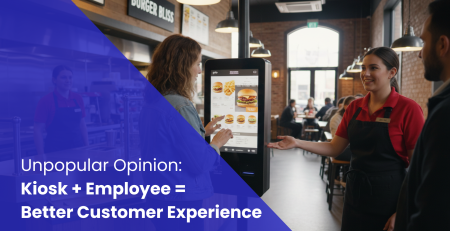
Unpopular Opinion: Kiosk + Employee = Better Customer Experience
For years, the conversation around self-service kiosks has been framed as kiosks versus employees. Either you automate and lose the...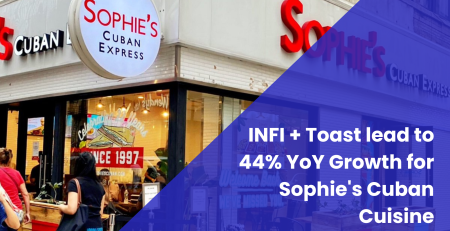
Case Study: Sophie’s Cuban Cuisine Drives Revenue Growth with Advanced Self-Order Kiosk Technology
Client: Sophie’s Cuban Cuisine Industry: Fast Casual Dining Locations: 11 Point of Sale: Toast Key Stakeholder: George J. Cestero, COO & IT/Digital Marketing Director...
6 QSR Trends That Are Changing the Restaurant Industry
Today, QSR establishments continue to see ongoing changes in response to social and technological developments. We’ve compiled six of the...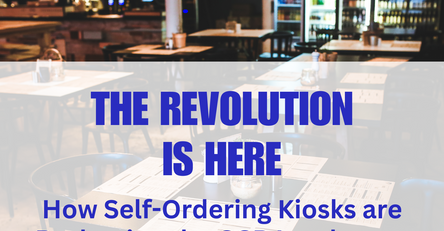
The Revolution is Here: How Self-Ordering Kiosks are Reshaping the QSR Landscape
One particular innovation has started to significantly reshape the QSR industry landscape—self-ordering kiosks.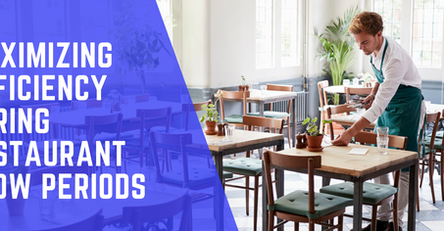
Maximizing Efficiency During Restaurant Slow Periods: A Digital Approach
This blog post explores how to navigate these slow periods effectively, focusing on digital investments and smart strategies to enhance...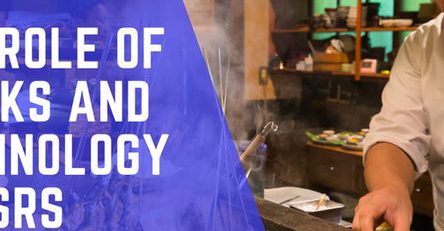
Navigating the Future of QSRs: The Role of Kiosks and Technology
We went through these articles and skimmed through the almost 500 comments to get some insight on how people are...
How to Open a Pizza Place: Step-by-Step Guide & Tips
If you’re considering starting a pizza place, follow this comprehensive guide to ensure your success.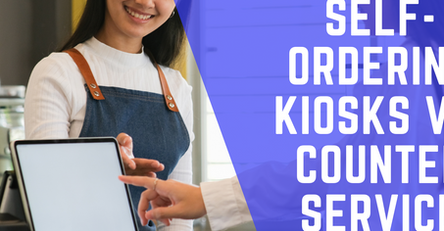
Comparing Self-Ordering Kiosks vs. Traditional Counter Service: Which Is Right for Your Restaurant?
This article delves into the pros and cons of self-ordering kiosks versus traditional counter service to help you determine which...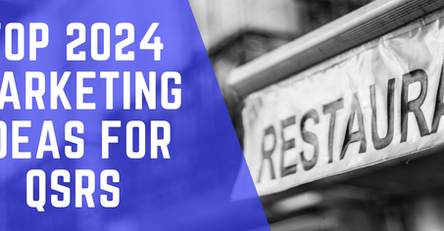
Top Marketing Ideas for Quick Service Restaurants (QSRs)
QSRs need to leverage creative approaches to boost brand visibility and drive sales. Here are some top marketing ideas...